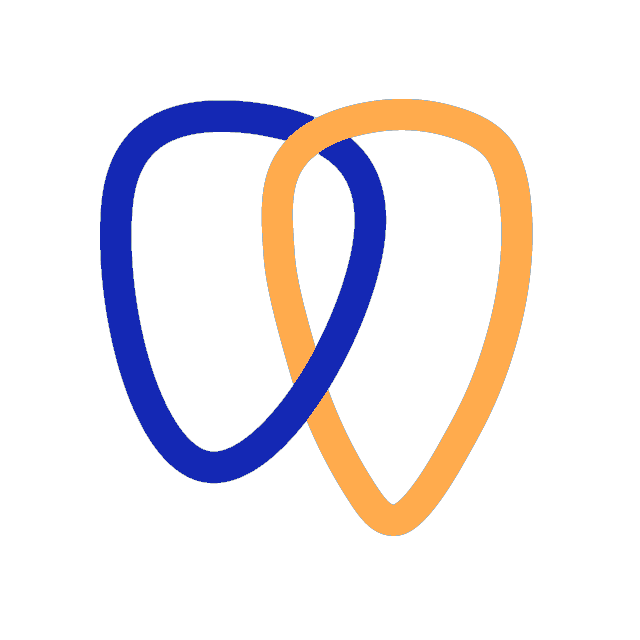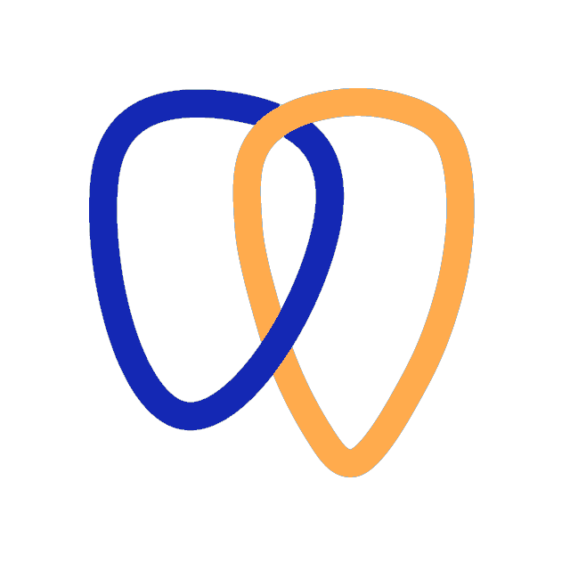Applied CAD/CAM
As you know, the routine daily activities of your typical dental laboratory have been totally transformed by the digital revolution, and technological change continues to grow ever faster, like a giant web, to link more and more sectors of activity. The Internet, for example, has become an unavoidable work tool. We are all online now, and always connected.
You may want to try this little exercise—we think you’ll find it quite interesting. Using the images below, we can show you the virtual and real casts together
After digitization, here is a three-dimensional view of the stone cast, all ready for a crown on implant in position 37.

Here you see the same virtual cast with a titanium custom-fitted abutment. Of course, the abutment was designed with software in situ.

The abutment was machined accordingly, then inserted on the real cast.
Naturally, the digital capture also includes the opposing cast.

This is because there was already an opposing cast in the real world, before a virtual version was produced.

The full-morphology model of the crown was also designed on the monitor.

All that was left to do was materialize the elements. It all seems very simple.

However, even though all of the digital possibilities greatly increase the number of options when it comes to the execution, this simplicity is deceiving. An immense amount of expertise goes into the finished product.





